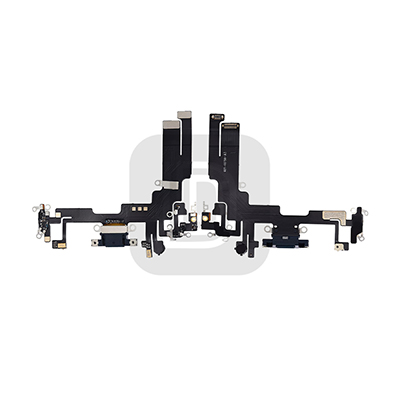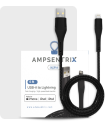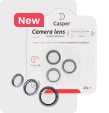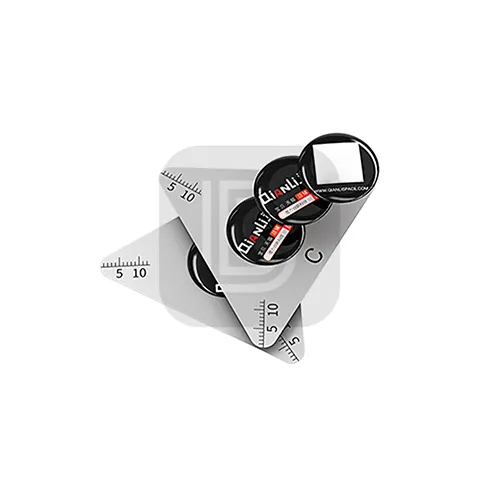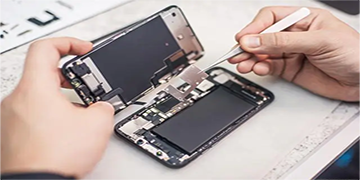Many mobile phone brands
Today, with the rapid development of science and technology, mobile phones have become a must-have product for daily use. Due to the huge market demand, various mobile phone brands and different mobile phone models have been spawned.

Although mobile phones are of different models and brands, their main structure is still the same. Screen + motherboard + battery + various expansion components + casing become a mobile phone. Although the structure seems simple, the actual production is very complicated, involving R&D, industrial design, performance debugging, product reliability testing and other processes. Since mobile phones have become a necessity, their quality requirements are also very strict. Basically It has a zero-tolerance attitude towards defects, so first-tier manufacturers, such as mobile phone manufacturers such as Huawei and Apple, give the highest priority to quality in all aspects.

How to test mobile phone screen
What we are going to talk about today is the testing part of the mobile phone screen. The mobile phone screen needs to undergo a series of tests before assembly. The mobile phone screen is divided into the touch part and the backlight part, that is, the screen’s line drawing fluency, backlight brightness, color, etc. , all require specialized software to judge this. This work is generally performed by specialized automation equipment and corresponding built-in software or AI.

You may ask that current high-end displays generally use 0.35mm pitch or 0.4mm pitch FPC+BTB connectors as the screen input and output media. How can such connectors be quickly matched and contacted to achieve rapid testing?

This is about the contact method of the most popular microneedle module. Since the spacing and contact surface of the BTB connector are very small, and the positioning accuracy is very high, special tiny springs are required supplemented by precise positioning components. Matches this type of BTB connector.
In this way, the problem of physical contact is solved, but what is the electrical performance of such a tiny shrapnel?

According to the actual impedance meter and power supply test, the impedance of the single shrapnel is less than 50mΩ, and the overcurrent capacity varies from 3 to 8A depending on the thickness of the shrapnel; the medium overcurrent capability of the tiny shrapnel is still excellent. , thanks to the unique manufacturing process and structural design of its shrapnel, such test results can be guaranteed.
Such a thin shrapnel should have a short lifespan, right?
In fact, it is not the case. According to repeated testing of actual life testing equipment, its lifespan actually reaches 20W times due to the mechanical service life of ordinary probes of 100,000 times. However, this is the mechanical test life after all, and it has to do with positioning and limiting. After the accessories protect the floating plate, its lifespan will be greatly reduced. For example, the lifespan of the spring will definitely not be that high, the wear and tear of plastic floating plates and other accessories, etc.

Is it difficult and expensive to customize?
It is worth noting that there are already standard products on the market that are specially designed to produce molds,
mainly for 0.35mm pitch and 0.4mm pitch. By interviewing the sales engineers of Hongyi Electronics,
we found that they are still We are working hard to develop new and smaller pitches, and will produce
smaller high-end BTB connector microneedle module products with pitches of 0.25mm and 0.175mm in the future.
The engineer also gave a detailed explanation on the cost issue: At the beginning of the product mold opening,
due to cost and market demand, it went through a high-value stage. Currently, due to the huge demand and the realization of product standardization,
the product has dropped to It is at a very low level and can greatly help automated test equipment manufacturers reduce the cost of screen microneedle module components.












